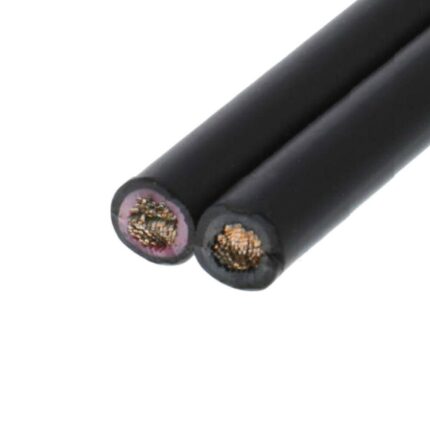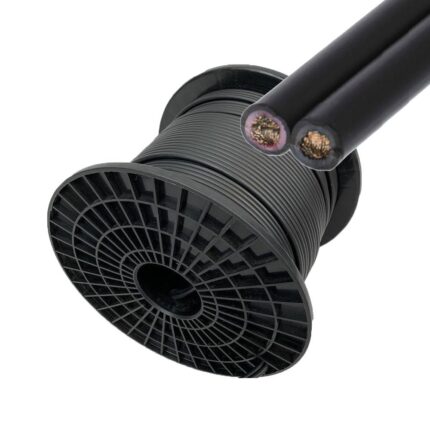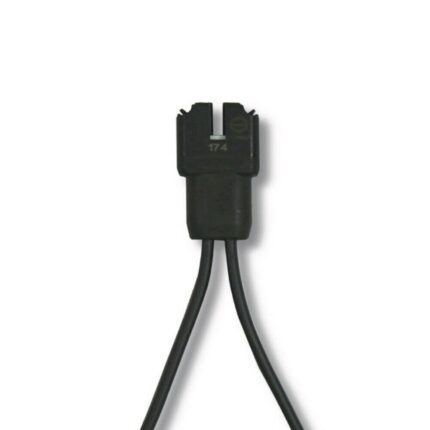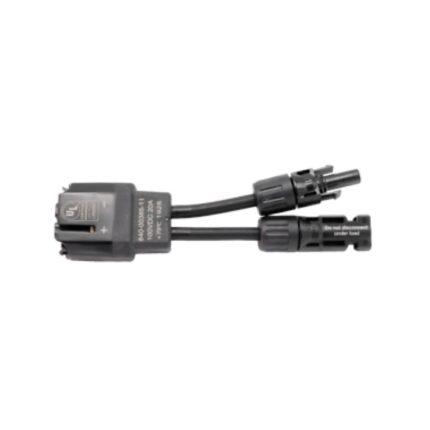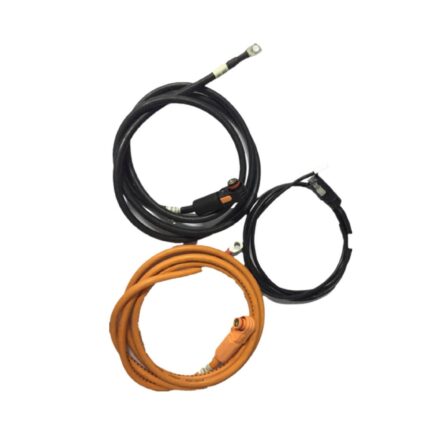Solar cabling plays a crucial role in connecting solar panels and enabling the efficient flow of electricity within solar energy systems. This category encompasses various cables designed to transmit direct current (DC) generated by solar panels to inverters for conversion into usable alternating current (AC). Let's delve into the world of solar cabling, exploring its diverse types and key functionalities.
Solar cables come in various types, each tailored to specific needs. DC cables efficiently transmit power from solar panels to inverters. AC cables handle the converted electricity from inverters to the electrical grid or storage systems. Both cables are essential for seamless energy transmission within solar installations.
Innovative technologies enhance the performance of solar cabling. Anti-reflective coatings on cables optimize light absorption, increasing overall energy efficiency. Advanced insulation materials ensure durability and protection against environmental factors, enhancing the longevity of solar cable systems.
Installation processes for solar cabling are critical for system efficiency. Proper routing and securing of cables prevent potential damage and ensure optimal performance. Correctly connecting cables to solar panels, inverters, and electrical systems is essential for reliable energy transmission. Safety guidelines must be adhered to during the installation to prevent accidents and ensure the longevity of the cabling infrastructure.
Regular maintenance of solar cabling is essential for sustained performance. Periodic checks for wear and tear, as well as potential damage, help identify and address issues promptly. Replacement procedures for damaged cables are efficient, minimizing downtime and ensuring continuous energy transmission. Solar cabling systems often come with warranty conditions and accessible technical support for user convenience.
Economic considerations play a vital role in the selection of solar cabling. Understanding the initial costs and evaluating the long-term benefits contribute to informed decision-making. Calculations of energy efficiency and cost-effectiveness provide a comprehensive view of the financial advantages associated with high-quality solar cabling.
Financial incentives, such as subsidies and tax benefits, further enhance the appeal of investing in premium solar cabling. Various financing and credit programs make acquiring solar cabling systems accessible to a broader audience. Programs facilitating the exchange of excess energy with the grid contribute to the financial viability of solar cabling investments.
In conclusion, solar cabling is a fundamental component of solar energy systems, ensuring the efficient transmission of electricity and optimizing overall performance. The diverse types and innovative technologies within this category contribute to the reliability and longevity of solar installations. Choosing the right solar cabling involves considerations of functionality, safety, and economic viability, ultimately contributing to a sustainable and energy-efficient future.


